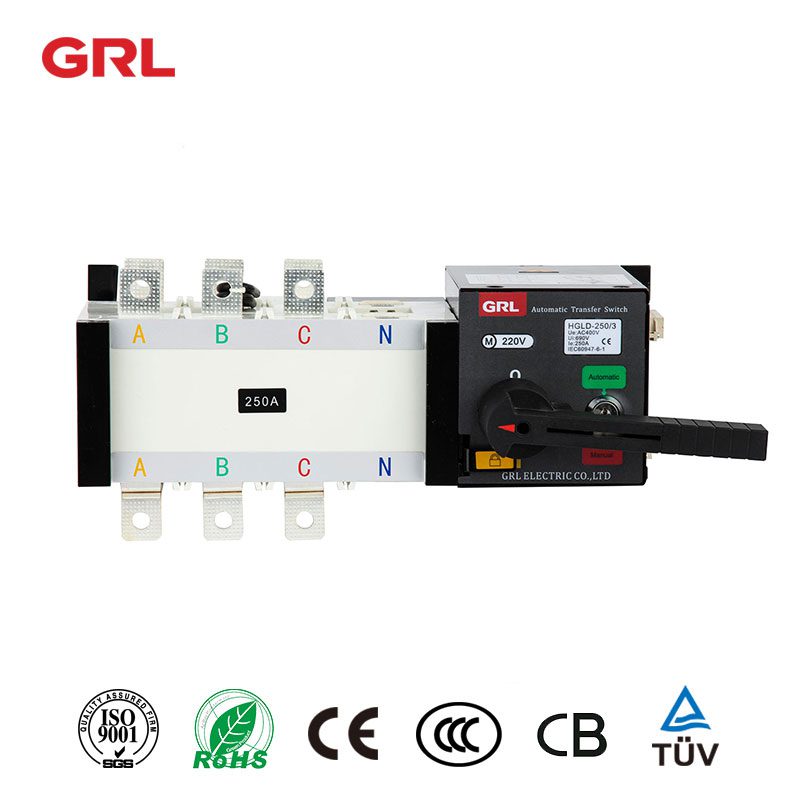
,文章长度在1000字左右
html
Automatic Transfer Switch for Uninterrupted Power Supply
In today’s world, where electricity is the lifeblood of both residential and commercial operations, power interruptions can cause significant disruptions. An Automatic Transfer Switch (ATS) is a critical component in ensuring uninterrupted power supply by seamlessly switching between primary and backup power sources. This article explores the functionality, types, and benefits of ATS systems.
What is an Automatic Transfer Switch?
An Automatic Transfer Switch is an electrical device that automatically transfers a load between two power sources. When the primary power source fails or experiences a voltage drop, the ATS detects the issue and switches to the backup power source, such as a generator or battery bank, within seconds. This ensures that critical systems remain operational without manual intervention.
How Does an ATS Work?
The operation of an ATS can be broken down into three key steps:
- Monitoring: The ATS continuously monitors the voltage and frequency of the primary power source.
- Detection: If the primary source fails or deviates from acceptable parameters, the ATS triggers the transfer process.
- Transfer: The switch disconnects from the primary source and connects to the backup source, typically within 1-10 seconds depending on the model.
Once the primary power is restored, the ATS will automatically transfer the load back and shut down the backup source, returning to monitoring mode.
Types of Automatic Transfer Switches
There are several types of ATS systems designed for different applications:
1. Open Transition ATS
Also known as “break-before-make” switches, these momentarily interrupt power during transfer (typically 3-10 seconds). They are more economical and suitable for applications where brief power loss is acceptable.
Keyword: Transfer Switch
2. Closed Transition ATS
These “make-before-break” switches overlap the power sources momentarily during transfer, ensuring truly seamless power continuity. They are used in critical applications like hospitals and data centers.
3. Soft Load Transfer ATS
These advanced systems gradually transfer loads between sources to prevent power surges, ideal for sensitive electronic equipment.
4. Bypass Isolation ATS
Designed for maintenance purposes, these allow the ATS to be bypassed without interrupting power to the load.
Key Benefits of Automatic Transfer Switches
- Uninterrupted Power: Eliminates downtime between power source transitions
- Safety: Prevents backfeeding that could endanger utility workers
- Automation: Requires no human intervention during outages
- Equipment Protection: Prevents damage from power fluctuations
- Energy Efficiency: Optimizes power source utilization
Applications of ATS Systems
Automatic Transfer Switches are essential in numerous settings:
Healthcare Facilities: Hospitals and clinics require continuous power for life-saving equipment.
Data Centers: Even momentary power loss can cause significant data and financial losses.
Industrial Plants: Manufacturing processes often can’t tolerate interruptions.
Commercial Buildings: Maintains operations